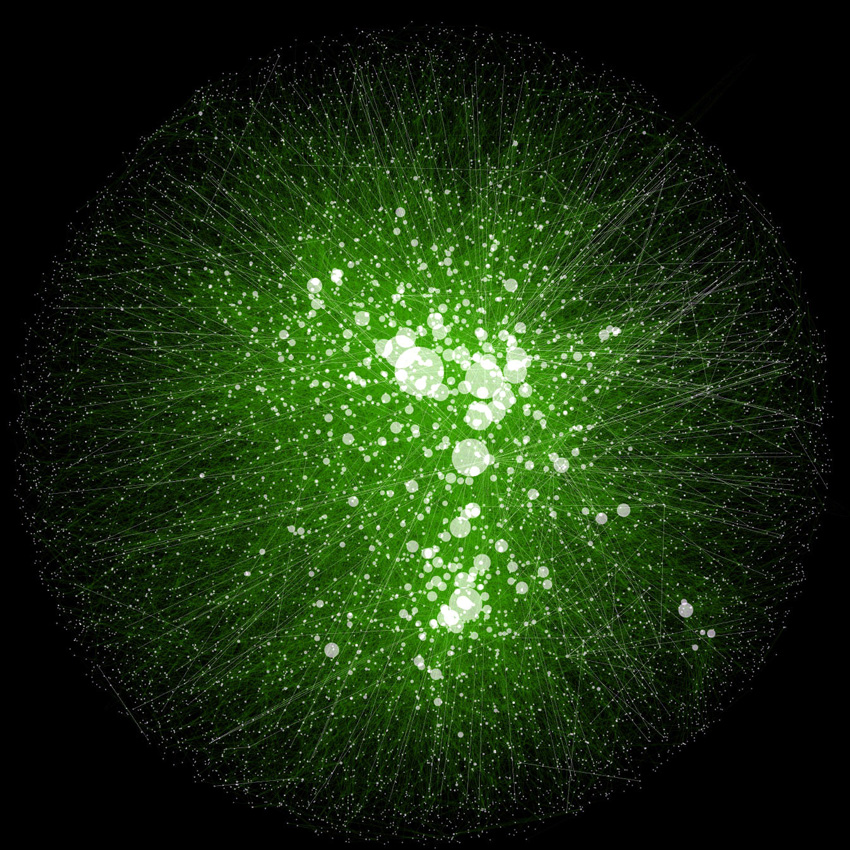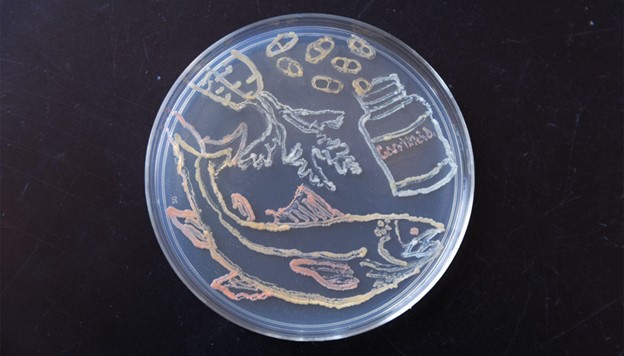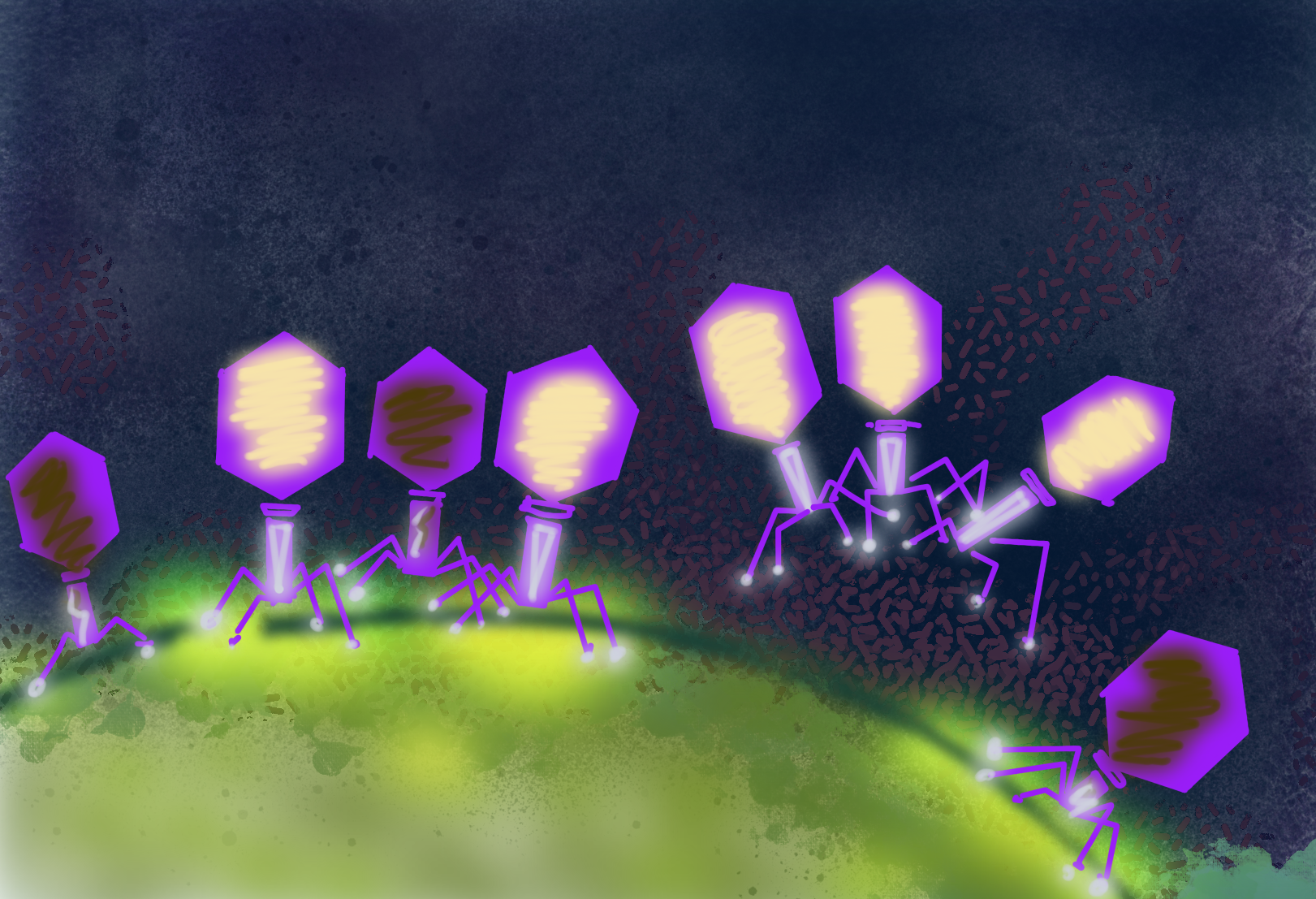Roadmaps for All Atoms in Biochemical Reactions
How atoms move in biochemical reactions - a fast and accurate method to model all the atoms.

The Science
An extremely fast and highly accurate method has been developed to model all atoms in biochemical reactions.
The Impact
Understanding the movement of atoms in biochemical reactions, e.g., assessing how a reactant compound is transformed into a targeted product, gives scientists a new tool for novel bioengineering and for tracking isotopically labeled atoms in metabolic experiments.
Summary
A new computational system (Minimum Weighted Edit-Distance or MWED) allows mapping of all the non-hydrogen atoms in biochemical reactions from the initial reactants to the final products. MWED relies on predicting the propensity of forming or breaking chemical bonds during a biochemical reaction. It then calculates and optimizes all possible solutions to the reaction of interest. Because it also uses a mixed-integer linear programming technique, it is three-fold faster than other, similar techniques. The MWED all atom pathway mapping was benchmarked on 2,446 manually curated biochemical reactions from the KEGG database. Latendresse and co-workers found that only 22 MWED-predicted reactions were in error (error rate of 0.9%) due mainly to difficulties in representing stereochemistry in the reactions.
Contact
Dr. Peter Karp
SRI International
pkarp@ai.sri.com
Funding
Basic Research: DOE Office of Science, Office of Biological and Environmental Research
Publications
Mario Latendresse, Jeremiah P. Malerich, Mike Travers and Peter D. Karp, “Accurate Atom-Mapping Computation for Biochemical Reactions”, Journal of Chemical Information and Modeling, 2012 10.1021/ci3002217
Highlight Categories
Performer: Industry



